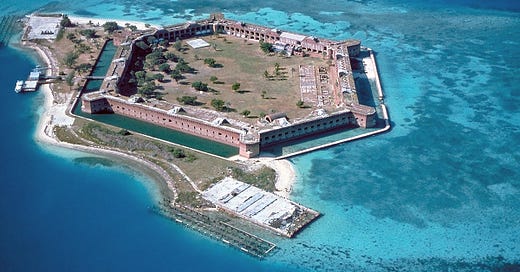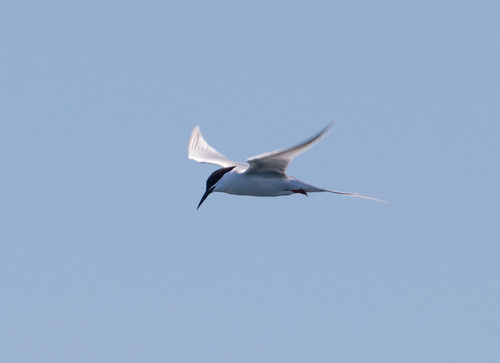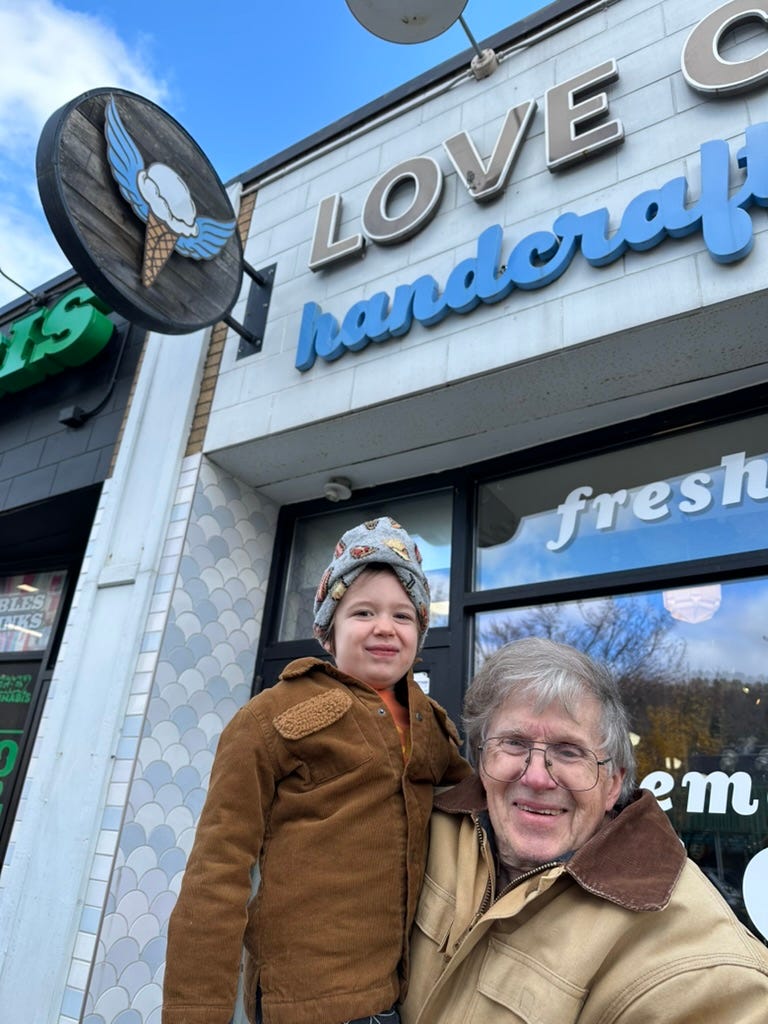(Listen to the radio version here.)
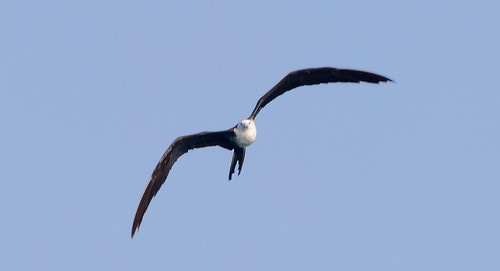
On May 26, 1997, Russ and I took a day trip by ferry from Key West to Dry Tortugas National Park. After launching, we were on the boat for about 2 ½ hours traveling the 70 miles to the archipelago at the western limits of the Florida Keys in the Gulf of Mexico, spent about 5 hours on Garden Key, and then another 2 ½ hours on the ferry’s return trip.
I’ve known for a long time that the Dry Tortugas were named “Las Tortugas” (Spanish for turtles) by Ponce de León in 1513, but it was only recently that I learned the sad story behind the name—Ponce de León and his crew captured 160 sea turtles there. When I was in Hawaiʻi last year, I got to see turtles basking in the sun in a couple of quiet places, and they looked so very vulnerable, not moving as people violated posted rules, approaching too close to gawk at them.
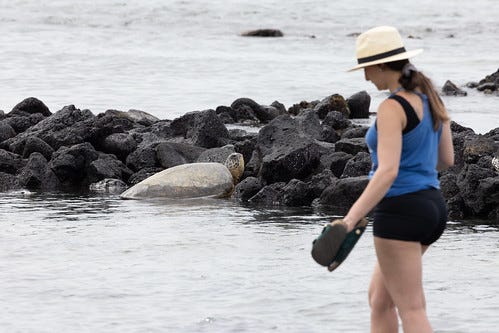
Ponce de León and his crew were hardly gawking—they were grabbing the defenseless creatures for meat. Knowing that, the name “Tortugas” makes me sad.
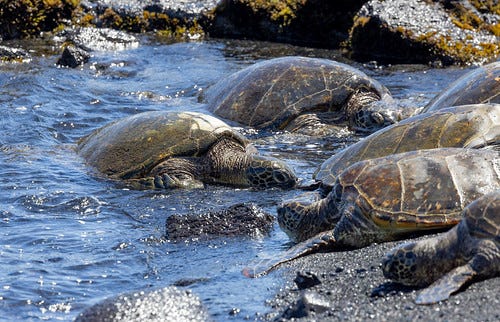
Later, the word “dry” was added to the name to warn sailors that there is no fresh water on any of these keys. Birds who arrive to rest on migration can be desperately thirsty, drawing them to a freshwater fountain on Garden Key, which in turn draws birders to look (well, yes—to gawk) at them.
On our visit, Russ was moderately interested in the birds, but the big draw for him was the historical importance of the area and the chance to do some snorkeling. The Dry Tortugas archipelago boasts abundant sea life and harbors the least disturbed of Florida’s coral reefs, so it’s extremely popular with snorkelers and scuba divers, and old shipwrecks add to its popularity. The largest brick masonry structure in the Western Hemisphere, Fort Jefferson, is on Garden Key.
The fort was never finished, but during the Civil War, Union warships blockading Southern shipping used the harbor, while the fort itself served not just as a lookout but also as a prison, mostly for Union deserters. Dr. Samuel Mudd, the physician who set John Wilkes Booth’s broken leg after Lincoln’s assassination, was imprisoned at the fort. After the army doctor stationed there died in an outbreak of yellow fever, Dr. Mudd saved the lives of many soldiers and prisoners, so in 1869, he received a pardon from President Johnson.
Yeah yeah yeah, that’s all very interesting, but for me, the whole reason for the expensive trip was to see migrants and nesting seabirds. That trip was the only time in my life I’ve ever seen Brown Noddy, Sooty Tern, and Masked Booby, and I added three other lifers as well: Bridled and Roseate Terns and Audubon’s (now Sargasso) Shearwater.
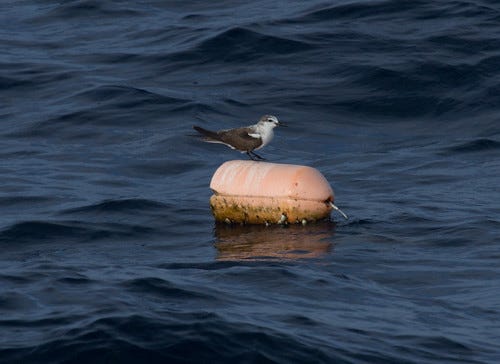
Driving to Key West the day before, I also saw for the first time two of my most yearned for birds of all, the Swallow-tailed Kite and Magnificent Frigatebird.
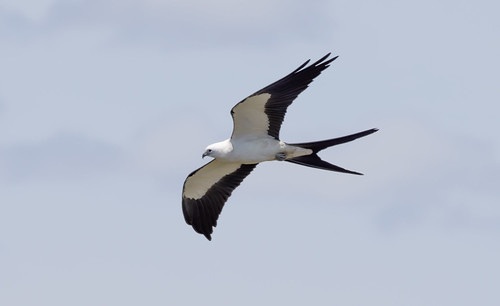
As memorable and wonderful as the experience was, it would be years before I had a camera, and there’s no way to see everything in just one day, especially because the ferry didn’t linger near any of the islands where we could have observed breeding colonies from closer range. A couple of birders on the ferry had camping gear and kayaks—there are eight camping sites on Garden Key but you have to reserve them way in advance.
The other drawback for that trip was that the end of May is just too late in the migration and breeding season, so few migrating songbirds lingered on Garden Key. During the boat trip I saw a few breeding adult male frigatebirds with their throat pouch inflated, but not nearly as big as they inflate them earlier in the season, and those pouches were pink rather than the deep red they display at the height of the breeding season. Everyone told me I should have been there in April.
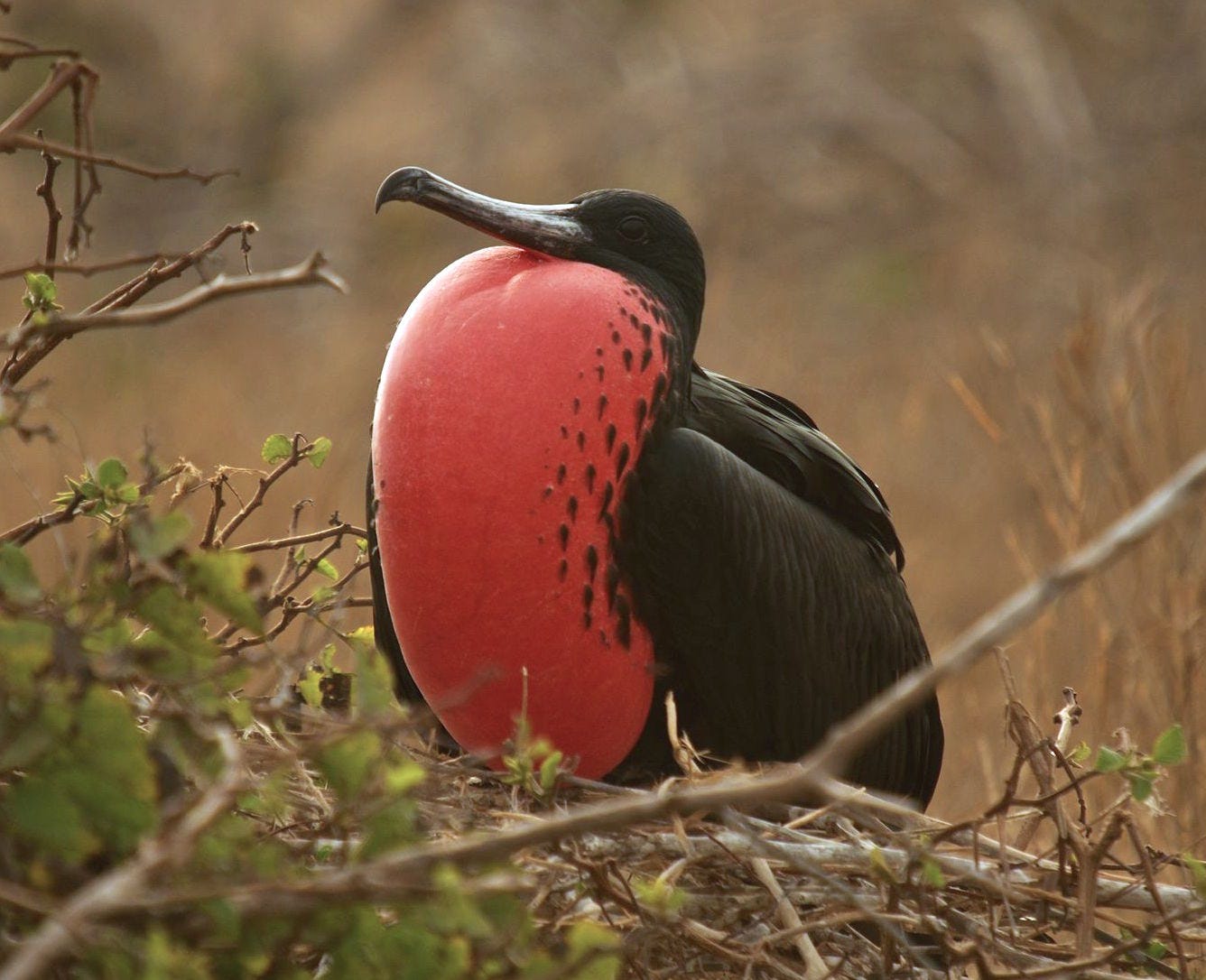
A couple of years ago, I signed up for the Victor Emanuel birding trip to South Florida specifically to get my “ABA Continental List” up to 700.
I badly wanted to take the post-tour trip to the Dry Tortugas, too, but all nine spaces were already filled. This three-day trip aboard the MV Makai always has a waiting list, so over a year ago, I signed up for the 2025 trip—I leave on April 25.
Not one of the typical birds expected on the trip would be a lifer, but rarities do occasionally show up. I’ll of course be thrilled if I see something new, but my main goal is to see a bunch of birds I’ve only seen once or twice in my life and take some good pictures, especially of a male frigatebird in full breeding splendor.
I usually set goals like this before a trip. Sometimes I achieve them and sometimes I don’t, but I always have fun and am so wrapped up in the minute-by-minute joys of birding and the unexpected little miracles I witness that by the time I get home, I’ve forgotten all about the pre-trip goals. But, for the record, I really do want to see and photograph a Magnificent Frigatebird with his brilliant red throat pouch fully ballooned out.
Meanwhile, in February I got an invitation to join a birding tour in Guyana, leaving less than 24 hours after the MV Makai returns to Key West. Two intense trips back-to-back would have been daunting even decades ago, but hokey smoke! Guyana!—how could I say no?
I’ve had enough lead time to learn about Guyana and study a host of unfamiliar South American birds, so when I’m on the Dry Tortugas tour I plan to enjoy every moment in the present, and then do the same in Guyana. Savoring this planet’s beauty in my own backyard, my own country, and farther afield keeps me ever mindful of the stakes as I fight for the futures of my children, my grandchild, and the birds I love.


